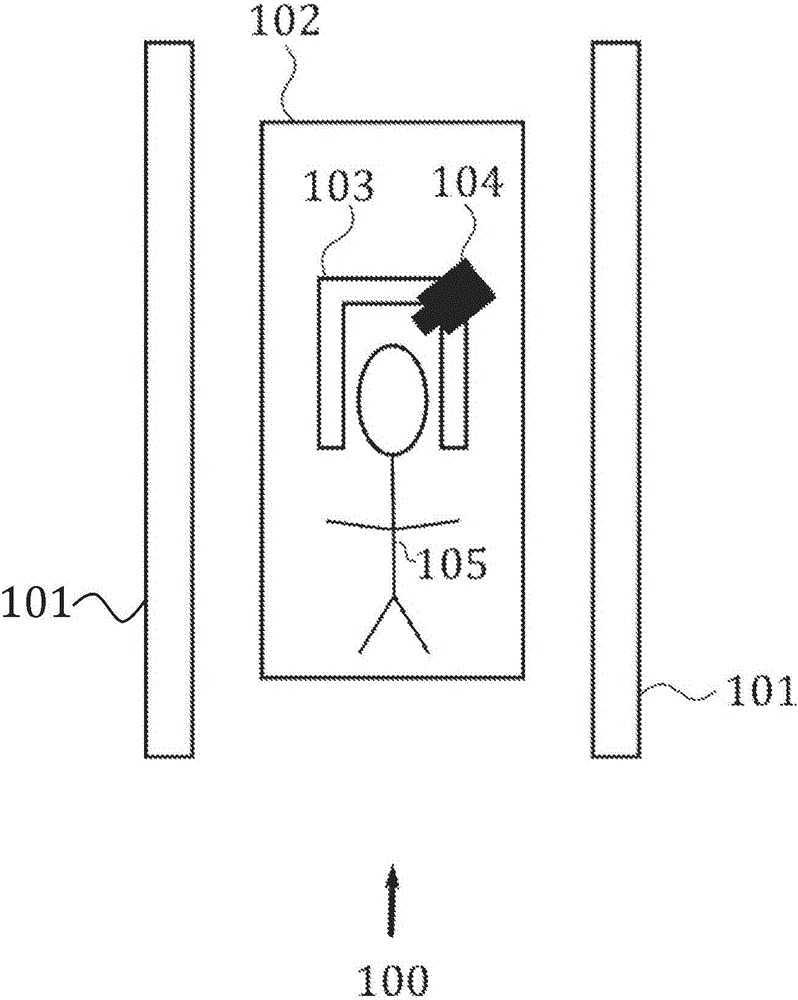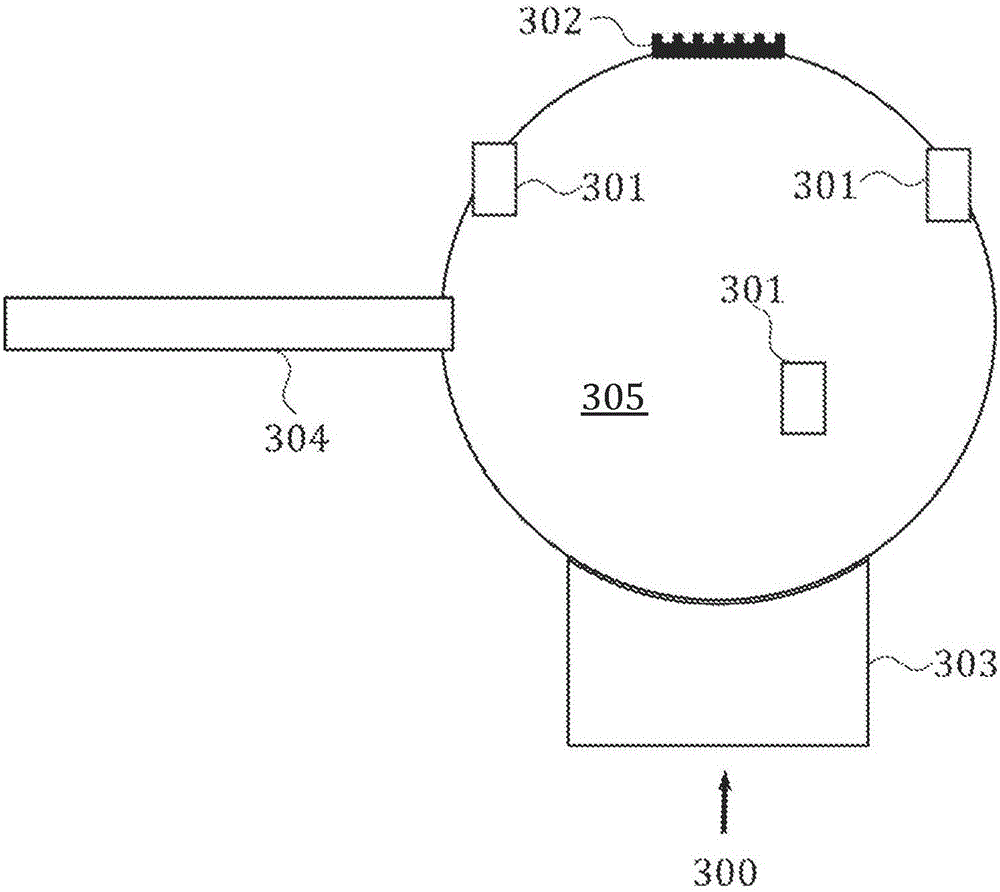Determination of the coordinate transformation between an optical motion tracking system and a magnetic resonance imaging scanner
A magnetic resonance imaging and optical tracking technology, applied in medical science, computer-aided surgery, surgery, etc., can solve problems such as non-providing
- Summary
- Abstract
- Description
- Claims
- Application Information
AI Technical Summary
Problems solved by technology
Method used
Image
Examples
Embodiment Construction
[0019] figure 1 Shown is an MRI system 100 comprising an MRI scanner 101 and a patient table / couch 102 in which a subject 105 is lying down during an MRI examination. In this example, the subject's head is placed inside the head coil 103 and the head movement is monitored using the camera 104 . The main goal of this work is to provide a practical means to compute the transformation between the coordinate system of the camera 104 and the coordinate system of the MRI scanner 101 .
[0020] figure 2 An example of a camera 201 is shown attached to a head coil 203 using a rigging 202 that has been designed to fit snugly to the head coil. This rigging ensures that the camera and head coil form a rigid body, that is, the camera and head coil move together as a single object. The head coil is placed on a removable base 204 attached to the patient table. A hole 205 in the head coil provides a line of sight from the camera 201 to the subject's head. Alternatively, the camera can b...
PUM
 Login to View More
Login to View More Abstract
Description
Claims
Application Information
 Login to View More
Login to View More - R&D
- Intellectual Property
- Life Sciences
- Materials
- Tech Scout
- Unparalleled Data Quality
- Higher Quality Content
- 60% Fewer Hallucinations
Browse by: Latest US Patents, China's latest patents, Technical Efficacy Thesaurus, Application Domain, Technology Topic, Popular Technical Reports.
© 2025 PatSnap. All rights reserved.Legal|Privacy policy|Modern Slavery Act Transparency Statement|Sitemap|About US| Contact US: help@patsnap.com



